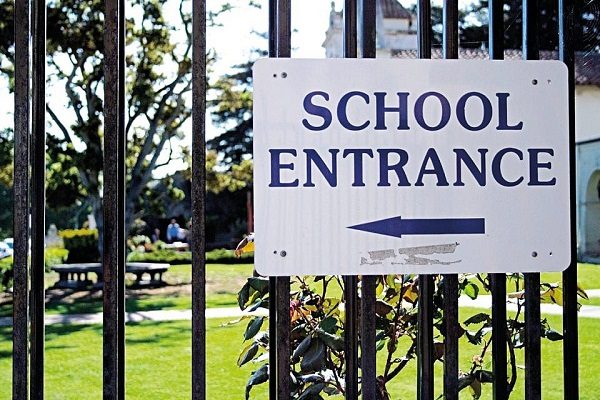Secondary school application deadline on 31 October 2025
 Parents of children entering year 6 of primary school in September 2025 have until 31 October 2025 to apply for a secondary school place starting in September 2026. The Good Schools Guide has been helping parents choose the right school for their children for more than 30 years. Here are our top tips and pitfalls to avoid on your secondary school application, which is due to land with your local authority by 31 October.
Parents of children entering year 6 of primary school in September 2025 have until 31 October 2025 to apply for a secondary school place starting in September 2026. The Good Schools Guide has been helping parents choose the right school for their children for more than 30 years. Here are our top tips and pitfalls to avoid on your secondary school application, which is due to land with your local authority by 31 October.
You can find all secondary schools in your area by using our school search www.goodschoolsguide.co.uk/school-search.
- Research your local schools. Ofsted reports, exam results, performance data, catchment map information, independent reviews and much more can help you get a better feel for a particular school. Visit the schools website to read about the subjects and extracurricular activities it offers. Nothing beats actually visiting a school, so look out for the dates of open days or virtual tours if you are not able to visit in person. Read about the best way to approach open days.
- Trust your instinct. Parents know best what their child is like. Does the school have a particular emphasis on STEM, sport or discipline that will suit your child? Finding a school which appeals to your child’s skills, interests and personality can encourage them to work harder.
- Check the admissions criteria. This should be on both the school website and the local authority’s website. If your child doesn’t fit the admissions criteria and the school is oversubscribed year on year, then look elsewhere. Siblings generally - but not always - take priority. Faith schools are often popular with parents but many prioritise children who have been baptised and are from church-going families. Many schools do not have a catchment but use distance as a criteria which changes each year according to local demographics. Grammar schools, semi selective schools and schools with fair banding may require applicants to sit an entrance exam (and often require you to register in the summer term of year 5, so check dates carefully). But most state-funded academies, free schools and local authority-run comprehensive schools are usually non-selective.
- Pick more than one school. Most local authorities ask for a list of three or four schools in order of preference. London requests six. Parents should not leave any blanks on the form and include at least one school where there is a strong chance of getting a place – even if it isn’t your ideal school. Otherwise, there is the risk of being offered a place only at an undesirable school some distance away. After all, parents don’t get to select a school, but rather list ones they find acceptable. List the school you like most first – schools don’t know what place they are on your list, and you will only be sent an offer from the highest listed school for which you qualify.
- Supply the right documentation. Read carefully what is required with your submission. Some schools, particularly faith schools, require a supplementary information form (SIF) to be sent directly to them. This form usually has a different deadline to the application which goes to the local authority. Failing to supply the right information on time could jeopardise your chances.
- Appeals? Appealing the decision if you are unhappy with the outcome of your application is unlikely to work. Successful secondary application appeals are unusual. Long journeys to the school or having siblings at a different school are not grounds for an appeal. It is not unusual for places to become available over the autumn term so make sure you stay on the shortlist if you're determined to find your child a different school. Read our advice on schools appeals.
Don’t forget you can choose schools outside your local authority
If you live close to a local authority border or would like to apply for a school in another area, don’t forget to check out your other options. You must apply for these schools as part of your list of choices on your local authority form.
In order to meet the needs of increasing numbers of enquirers who are interested in the state sector only, The Good Schools Guide Education Consultants has a service with its own expert in state school education – Elizabeth Coatman. For further information please go to The Good Schools Guide Education Consultants
Subscribe now for instant access to more than 1,300 reviews
Our impartial, candid school reviews have been helping parents make educational decisions for more than 30 years. We currently review more than 340 mainstream state schools. To see what we have to say about the schools which interest your family, you can order one of our books from the shop or alternatively, subscribe online now to get instant access.
